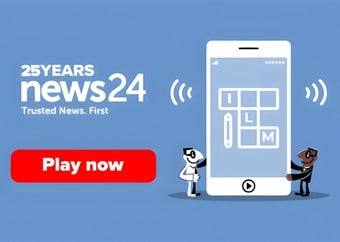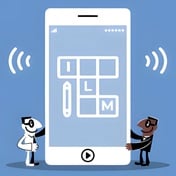Researchers at University College London said that watching someone being touched triggers the same part of the brain as actual touch, and this connection helps explain how we understand what other people are feeling.
People who experience a tactile sense of touch when they see another person being touched - something called mirror-touch synaesthesia - was first studied in 2005 in one person.But the University College London researchers have now studied 10 people with the same condition.
Empathy tied to touch
"It suggests there is a link between certain aspects of the tactile system and empathy," said Michael Banissy of the university's department of psychology, whose work appears in the journal Nature Neuroscience.
Banissy and colleagues first did a series of experiments to authenticate peoples' claims that they felt something when they saw someone else being touched.
They asked the 10 people with mirror-touch synaesthesia to identify when they were being touched on their own body while watching someone else being touched on the cheek.
The actual touch was sometimes in the same spot as the person they watched being touched, and sometimes it was on the other side.
"The idea was to see whether synaesthesia and actual touch were confusable in any way," Banissy said in a telephone interview.
He said people with this mirror-touch capability were faster when the touch they saw was in the same location as actual touch.
"When actual touch and synaesthesia touch were in different locations, sometimes they would confuse the two and report they were touched on both cheeks," he said.
This confusion did not occur in 20 people without synaesthesia who performed the same experiments.
The mirror-touch people also scored higher than others on a questionnaire that measured empathy.
"We often flinch when we see someone knock their arm, and this may be a weaker version of what these synaesthetes experience," Dr Jamie Ward, who led the research team, said in a statement.
More than one mechanism
Other studies have suggested a link between empathy and mirror systems, but Ward said this was the first to suggest empathy involves more than one mechanism: an emotional gut reaction - which appears exaggerated in the mirror-touch synesthetes - and a cognitive process that involves thinking about how someone else feels.
"This appears to be the emotional component of empathy," Banissy said. "It was purely gut instinct."
One of the mirror-touch subjects in the study said the experience is all she has ever known.
"It is - to me at least - a perfectly normal response to seeing touch or pain inflicted on another person," she said in a statement.
The researchers are studying this empathy connection further and trying to determine how prevalent mirror-touch synaesthesia is.
"It does appear to be more common than we first thought," Banissy said. – (ReutersHealth)
Read more:
Empathy not just an idea
Imitating empathy
June 2007




 Publications
Publications
 Partners
Partners









